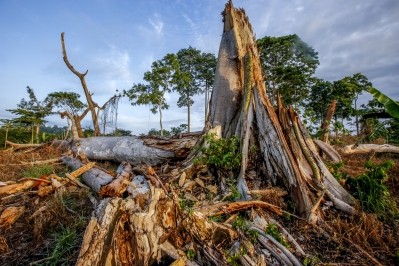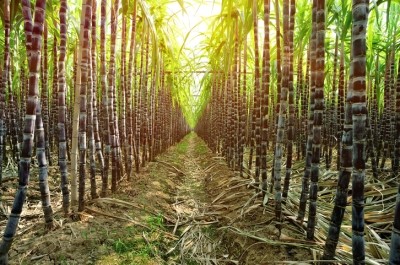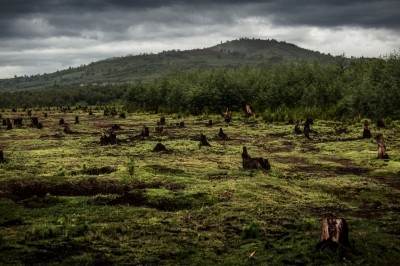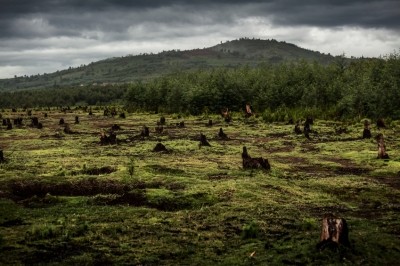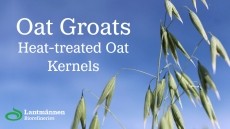Nestlé releases deforestation guides for commodity sourcing
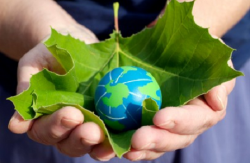
The guides – available here – consist of a series of maps and factsheets on sensitive areas around the world, and Nestlé said it intends to use them as a way to assess its progress toward a ‘zero deforestation’ goal, which it pledged three years ago.
Besides Nestlé’s own use, the maps are also available to the wider food and beverage industry, including the more than 400 member companies of the international Consumer Goods Forum, all of which have committed to achieving zero net deforestation from global supply chains by 2020.
Nestlé’s head of stakeholder engagement in sustainability Duncan Pollard said in a company blog: “Our aim, with our partner, is to be transparent. The maps are available for the public, for our competitors, for others in our supply chain to use.
“…We are using the guides alongside the mapping of our supply chains to highlight where our acquisition of raw materials runs the risk of contributing to deforestation.
“If we find there is a risk in an area, we will focus our auditing work together with our suppliers, and if necessary, take steps to stop the growing problem.”
Deforestation rates slowing
According to the Food and Agriculture Organization (FAO), deforestation accounted for about 13m hectares of forest lost per year from 2000 to 2010 – an area about the size of Greece. Net deforestation had slowed compared to the previous decade – when about 16m hectares of forest was lost each year – due to concerted local and international efforts, although the rate was still cause for concern in many countries, the FAO said.
Key commodities covered by the new guides include palm oil, soy, sugarcane, coffee, cocoa, beef, dairy, and pulp and paper.
Nestlé’s Pollard added: “I believe the new maps can and should change the way companies, governments and civil society view the problem. There is so much our industry can do in our supply chains and by making a concerted effort to address the issue.
“…The more that businesses, governments and other organisations use these maps, the better and more accurate the data will be, as greater volumes of information will be shared.”
Improving reputation
He said that in addition to helping the company, and other companies, meet their deforestation goal, the move was also about demonstrating to consumers that Nestlé is committed to improving the way it works.
And the company’s reputation with consumers has been improving. For the first time, Nestlé has entered the top ten in the annual Global RepTrak 100 study from the Reputation Institute, which ranks companies on how they are viewed by consumers. Nestlé was ninth in this year’s ranking, up from 13th last year, and is the only food company in the top ten.
